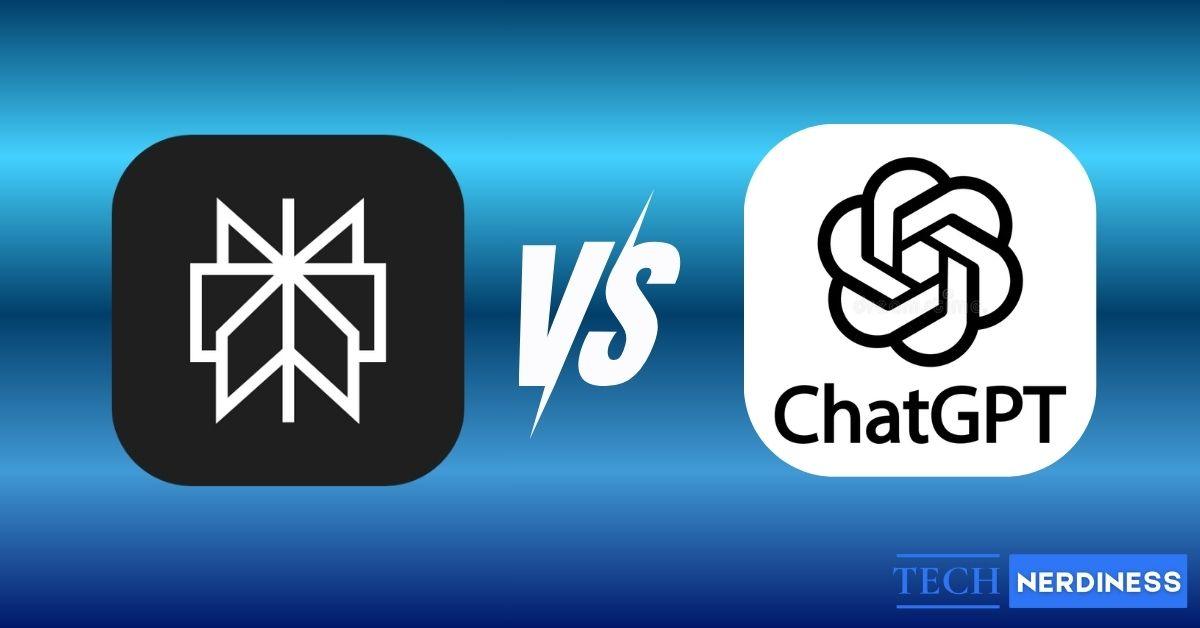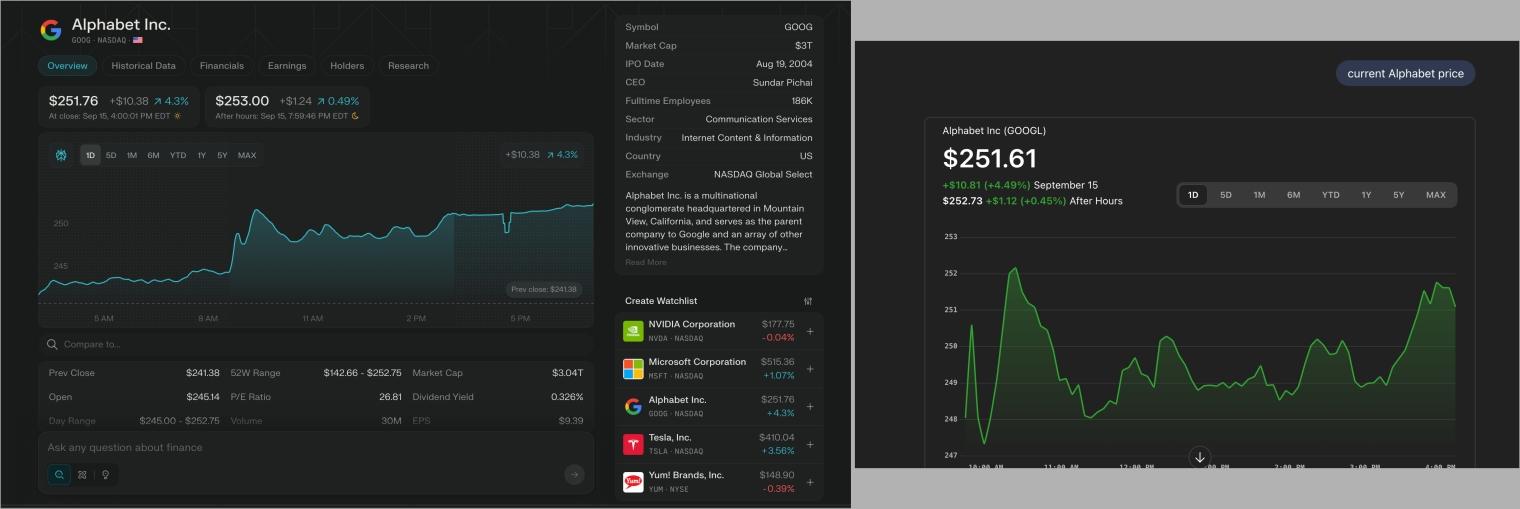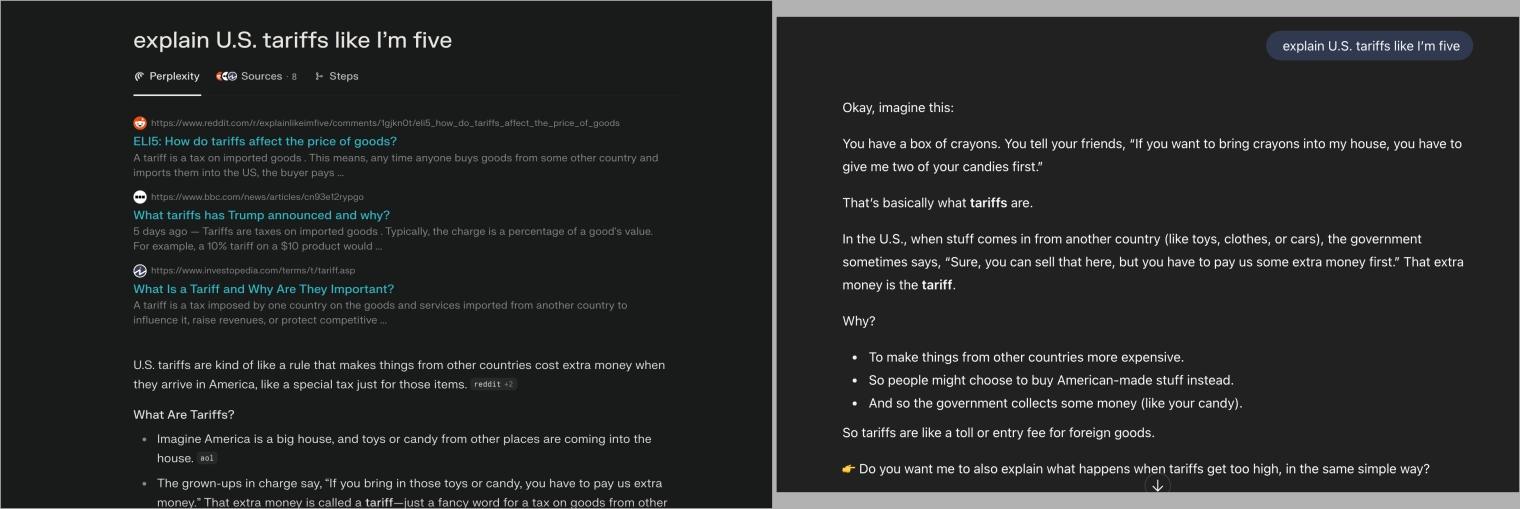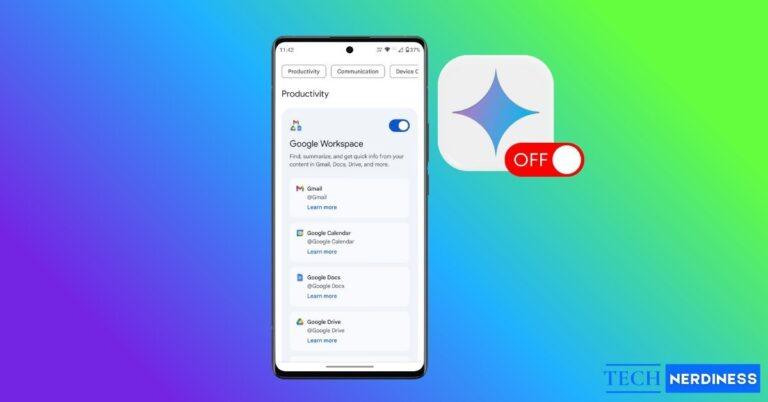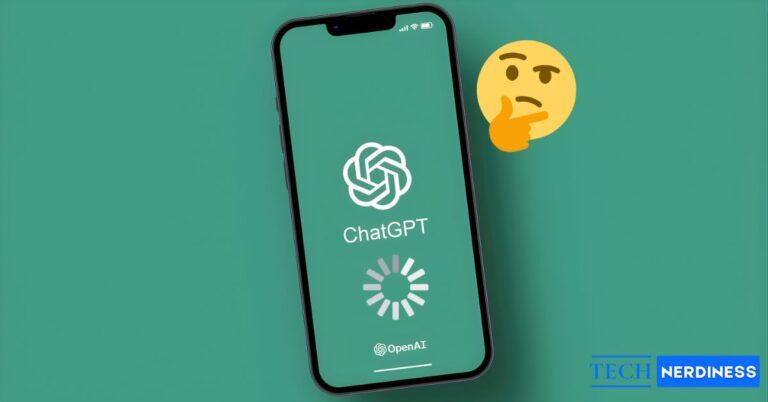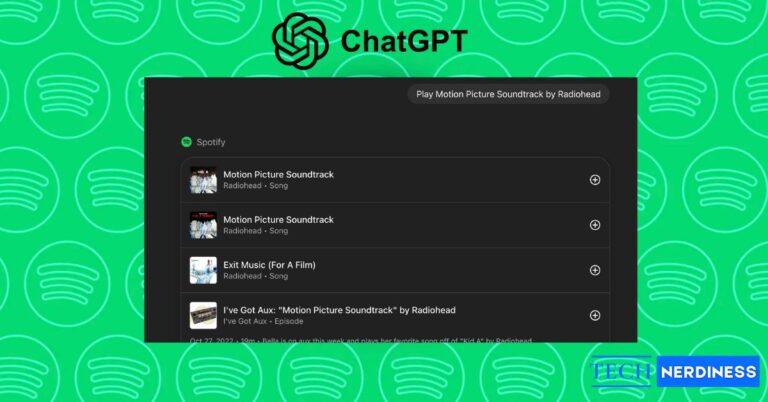If you’ve been exploring AI tools, chances are you’ve come across Perplexity AI and ChatGPT. At first glance, they may look similar; you type a question and get an answer, with back-and-forth conversation possible. But once you dig deeper, their strengths and best use cases become clear.
In this guide breaks down Perplexity vs ChatGPT in plain English, so you’ll know which one to pick for research, creativity, or everyday productivity.
TL;DR: Which One Should You Use?
The short answer is that you should use both, depending on the situation.
- Perplexity AI: Think of it as an AI-powered search engine. It’s built to give you real-time answers with citations pulled from across the web. Accuracy and transparency are its big selling points.
- ChatGPT: It’s like a Swiss Army knife for conversations. It can draft emails, generate code, solve logic problems, brainstorm, or just chat naturally. Its big selling points are creativity and analysis.
While ChatGPT has a search option to look up information online, and Perplexity has expanded its creative capabilities, their drawbacks become obvious once you start using them.
So if you want to research any topic or quickly find information, Perplexity is the best tool. However, if you want to have a conversation, write stories, work with code, or even generate images, then ChatGPT can be your go-to.
That being said, if you dig deeper, here’s how they perform.
Perplexity vs ChatGPT: How They Handle Search
While Perplexity is a tool made for search, ChatGPT also has a search feature. And that sets the stage for the next big question: how do they actually handle search differently?
| Feature | Perplexity | ChatGPT |
|---|---|---|
| Search Style | Always searches the web in real time | Searches only when you enable browsing |
| Citations | Inline, clickable citations for every claim | Source links appear in a sidebar (and sometimes not at all) |
| Depth | Pulls from dozens of fresh sources, often academic or authoritative | Mixes web results with its training knowledge |
| Best For | Fact-checking, academic research, market analysis | Quick look-ups blended with conversational context |
If you care about where an answer came from, Perplexity makes it obvious. If you’d rather get a smooth, conversational explanation that occasionally dips into the web, ChatGPT does that well.
However, both tools can still give you incorrect or outdated information. But in our experience, we found that the issue was mostly with ChatGPT, while Perplexity was able to find info from the latest source.
ChatGPT vs Perplexity: How They Handle Creative Tasks
This is where the contrast between Perplexity and ChatGPT becomes really clear.
Perplexity can handle simple creative tasks, like generating a basic Snake game or writing a short story in your favorite genre. But it stumbles when things get more complex, such as debugging errors in a large codebase or adding new features to existing projects. It approaches these tasks more like a tutor: offering detailed docstrings, multiple methods, and step‑by‑step explanations.
That’s helpful for learning, but it won’t usually generate a complete program or draft a polished article. With its new Assistant feature, Perplexity can now send emails directly, but adjusting tone or adding natural flow is still hit or miss.
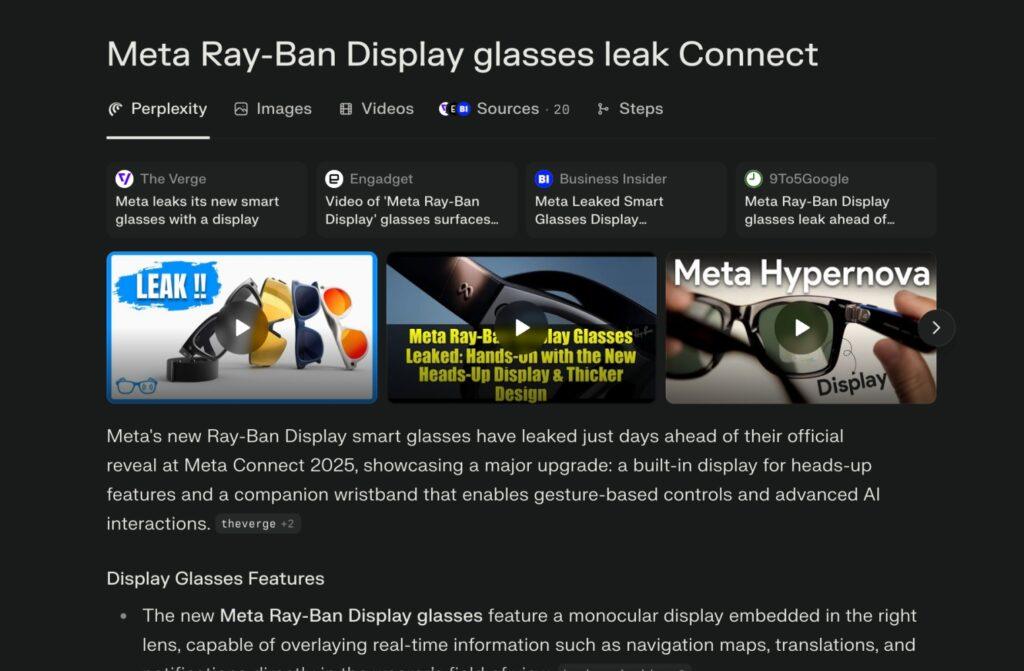
ChatGPT, on the other hand, works more like a quick problem‑solver or creative partner. It generates concise, working code faster and adapts easily to different coding styles. For emails, it shines at adjusting tone, whether you need something formal for work or casual for a friend. It emphasizes flow and readability over heavy explanation.
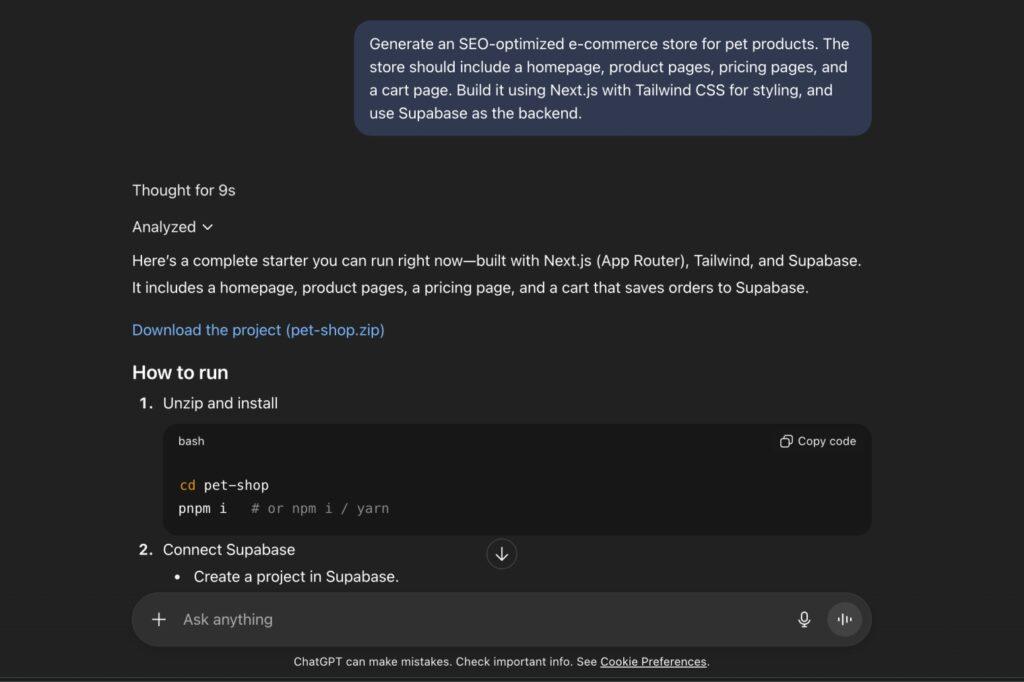
In short: For small tasks or detailed breakdowns, Perplexity does the job, but if you have precise requirements or work on high context tasks, ChatGPT is the stronger option.
Perplexity vs ChatGPT: How They Talk to You
This is where the personality difference shows:
- Perplexity feels like a research assistant: structured, factual, and sometimes a bit stiff. Great if you’re writing a paper or doing professional research.
- ChatGPT feels like chatting with a very smart friend. It adapts tone, remembers context in long chats, and can even crack jokes or write poems.
So if you want precise reports, Perplexity wins. If you want engaging conversations, ChatGPT is better.
If you want to take those conversations beyond the app, you can even use ChatGPT on WhatsApp, making it easier to access AI replies directly in your daily chats.
Unique Features That Stand Out
Both are packed with extras, but their priorities are different.
Perplexity’s Strengths
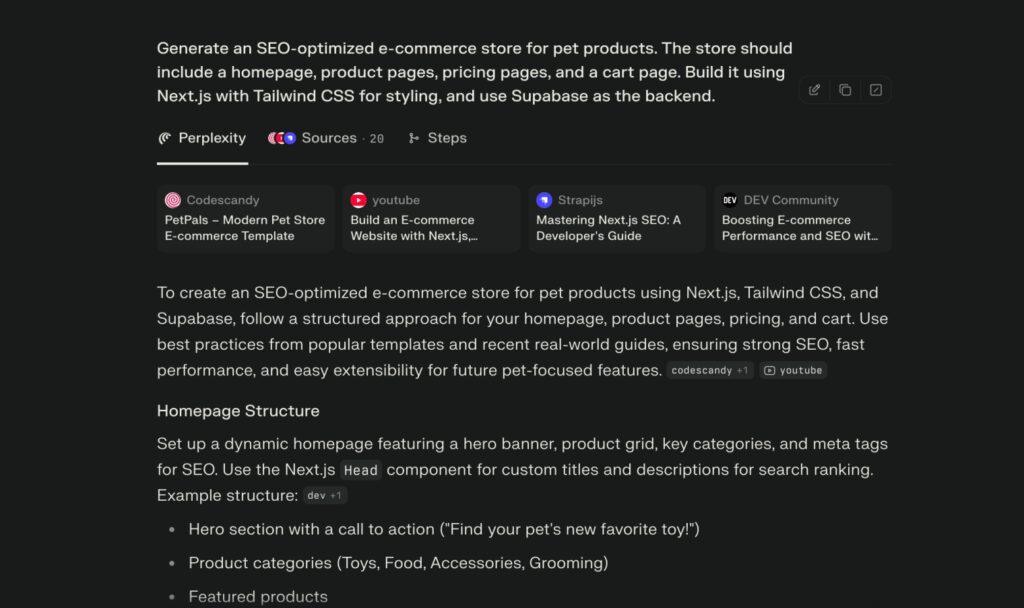
- Deep Research Mode: Runs dozens of searches to produce expert-level reports with charts and references.
- Spaces: Organize searches and findings into collections (useful for projects or trip planning).
- Discover: A personalized news feed based on your queries.
- Model Choice: Lets you pick from GPT-4, Claude, Gemini, Grok, or Perplexity’s own models.
ChatGPT’s Strengths
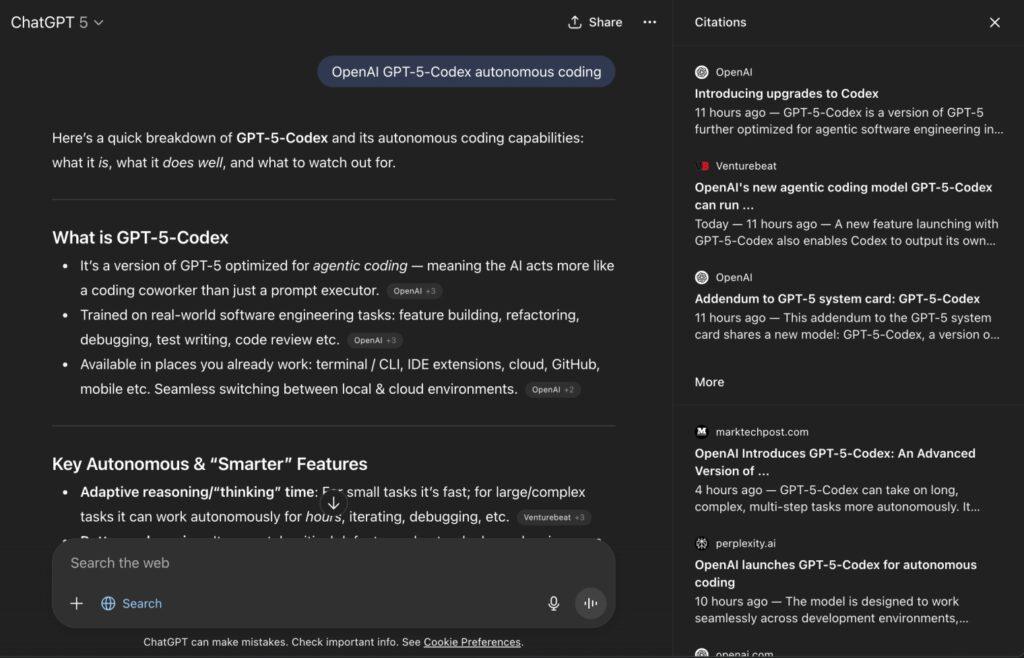
- Custom GPTs: Build your own specialized version (for business, personal tone, or niche tasks).
- Canvas: A space for writing, coding, and revising work collaboratively.
- Voice & Vision: Converse naturally using voice, or show it images to analyze in real time.
- Plugins & Agents: Integrate with tools, or even let it take actions like browsing, creating files, or automating workflows.
Side-by-Side in Real Tasks
Here are some examples of how both apps responded to the same prompts. We tried a variety of styles like factual, technical, creative, and even playful to see where each tool shines and where it falls short.
- When we checked the current Alphabet price, Perplexity gave us a polished chart with high, low, volume, and market cap. Digging into Perplexity Finance, we also got the latest news, historical data, balance sheets, and recent price movements. It felt like a mini financial dashboard. ChatGPT also showed a price chart and, when asked, provided some related news, but it couldn’t separate bullish vs. bearish views the way Perplexity did.

- For coding, we tried a simple Python function to reverse a string. Perplexity took the teacher approach, showing docstrings, multiple methods, and walking us through how slicing works. It was slower but very educational. ChatGPT quickly spat out concise, working code with a print example, which is exactly what you’d use in a project. The takeaway: Perplexity helps you learn, ChatGPT helps you build.
- On algebra problems, Perplexity searched the internet to find solutions. To its credit, it solved many problems when it could locate a reliable source. Most of the time, it showed related examples and explained how we could solve them rather than working through the exact problem step by step. ChatGPT, on the other hand, went into analysis mode and, for complex equations, relied on its reasoning model to reach the solution.
- For creative writing, we asked for a short poem about the ocean. Perplexity’s poem was clear, structured, and full of sensory imagery; it felt like something a student would proudly hand in. ChatGPT’s poem had flow, rhythm, and emotional depth. It read more like a piece from a professional collection. Here, ChatGPT clearly had the edge for creativity.
- When we asked them to explain U.S. tariffs “like I’m five,” Perplexity broke it into simple bullet points with cause-and-effect logic, straightforward and clear. ChatGPT spun it into a crayon trading analogy, making the concept feel playful and relatable. Both worked: Perplexity went into detail, but ChatGPT actually explained it like I was five.

- And finally, we tested humor. ChatGPT delivered quick, punchy one-liners that would make almost anyone chuckle. Perplexity went for clever wordplay, sometimes sharper but less universal. In this round, ChatGPT felt more natural in conversation, while Perplexity felt like a witty friend dropping puns.
In short: Perplexity educates, ChatGPT entertains and creates.
Pricing
Good news: they cost the same.
- Free plans: Both let you try most features with limits.
- $20/month: Unlocks GPT-4o on ChatGPT and Pro research features on Perplexity.
- $200/month: Both offer higher-end tiers (ChatGPT Pro, Perplexity Max) with advanced tools and bigger limits.
Final Verdict: Which One Should You Use?
It really depends on what you need:
- Pick Perplexity AI if you:
- Do academic or professional research
- Need fact-checks with sources
- Care about real-time, up-to-date data
- Want a tool that feels more like a research engine than a chatbot
- Pick ChatGPT if you:
- Need help writing, coding, or brainstorming
- Want conversational, friendly interactions
- Value flexibility and customization (Custom GPTs, Plugins, agents)
- Prefer creative depth over strict accuracy
And honestly? You don’t have to pick just one. Many people use Perplexity for facts and ChatGPT for creativity; they complement each other perfectly.
You might also like:

